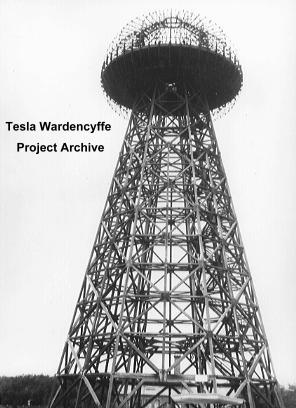

"As soon as [the Wardenclyffe plant is] completed, it will be possible for a business man in New York to dictate instructions, and have them instantly appear in type at his office in London or elsewhere. He will be able to call up, from his desk, and talk to any telephone subscriber on the globe, without any change whatever in the existing equipment. An inexpensive instrument, not bigger than a watch, will enable its bearer to hear anywhere, on sea or land, music or song, the speech of a political leader, the address of an eminent man of science, or the sermon of an eloquent clergyman, delivered in some other place, however distant. In the same manner any picture, character, drawing, or print can be transferred from one to another place. . . ." — Nikola Tesla
During the early decades of this century, Dr. Tesla offered us a highly detailed description of the multifaceted global communications system, some of the salient features of which have been described above. And yet, only a small part of radio's full technological potential has been realized to date. The history of our present day broadcasting system indicates that the implementation of Tesla's original design concept was sidetracked by Guglielmo Marconi and his supporters. It was this famous Italian inventor who, after reading The Inventions Researches and Writings of Nikola Tesla, applied knowledge about Tesla's pioneering work in radio, and constructed primitive Morse code demonstration units that became the archetypal model for our present system. From the smallest hand held walkie-talkies to the most sophisticated satellite communications systems, all radios operate upon principals established by Nikola Tesla.
In our present era of "high-tech" telecommunications an ironic note is that we are still living in the wireless stone age. In an effort to overcome stumbling blocks in the path to their target audiences, modern broadcasters have turned to the use of production studios linked by satellite and cable to remote repeater sites, or network feeds to other broadcasters. In reality this is a far cry from what the father of radio, Nikola Tesla, had in mind when, near the turn of the last century he set out to design what he called the World System.